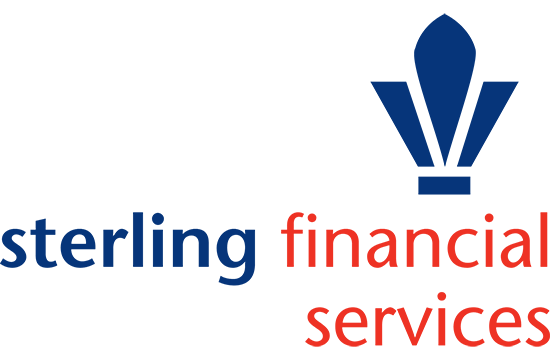
Covid hampers Asia’s emerging recovery.
22nd June, 2021
Although China’s strong economy recovery is helping to support developing economies across Asia, lockdown-related restrictions are reducing domestic demand in many economies, delaying their ability to recover at a time when the US, UK, and European economies are rebounding. According to IHS Markit, surging infection rates in India are likely to continue to affect economic activity; several Indian ports have had to reduce operations because of lockdowns and staff shortages, disrupting supply chains and export activity. In particular, IHS Markit has highlighted the broader societal impact of Covid-19 in low-income countries. The World Bank estimates that around 150 million people around the world fell back into “extreme poverty” in 2020, with around 75 million in India.
Credit ratings agency Moody’s downgraded its forecast for India’s economic growth this year from 13.7% to 9.3%, citing the impact of the second wave of Covid-19 infections, which is expected to hold back recovery and increase the risk of longer-term economic scarring. Nevertheless, the CNX Nifty Index rose by 6.5% over May.
China’s exports soared during April at an annualised rate of 32.3%, underpinned by strong overseas demand for electronics and medical equipment, while imports surged by 43.1% year on year. Producer prices rose by 6.8% year on year, following a 4.4% increase in March, stoked by higher costs for mining and raw materials. The news fuelled concerns about inflationary pressures. Nonetheless, there are still signs of unevenness in China’s recovery: the rate of growth in China’s industrial production eased in April to 9.8% year on year, compared with March’s rise of 14.1%. Elsewhere, although growth in retail sales was strong at 17.7% in April, it was slower than March’s surge of 34.2%. The Shanghai Composite Index increased by 4.9% over the month.
Having previously raised the Selic rate from 2% to 2.75% in March, policymakers at Brazil’s central bank implemented another 75 basis point increase in May to take its key interest rate to 3.5%. The move was designed to curb gathering inflationary pressures. Brazil’s rate of consumer price inflation rose from 6.17% in April to 7.72% in May, compared with the central bank’s target rate of 3.75% with a tolerance band of 1.5 percentage points on either side. Central bank officials intend to impose another 75 basis point increase in June. During May, the Bovespa Index rose by 6.2%.
Get in touch using the details below to see how we could help you further.
This article was sourced from Adviser-Hub.co.uk.
Call Us For Expert Advice On:
0115 958 4115 or 0345 408 0707
Call Us For Expert Advice On:
0115 958 4115 or 0345 408 0707
